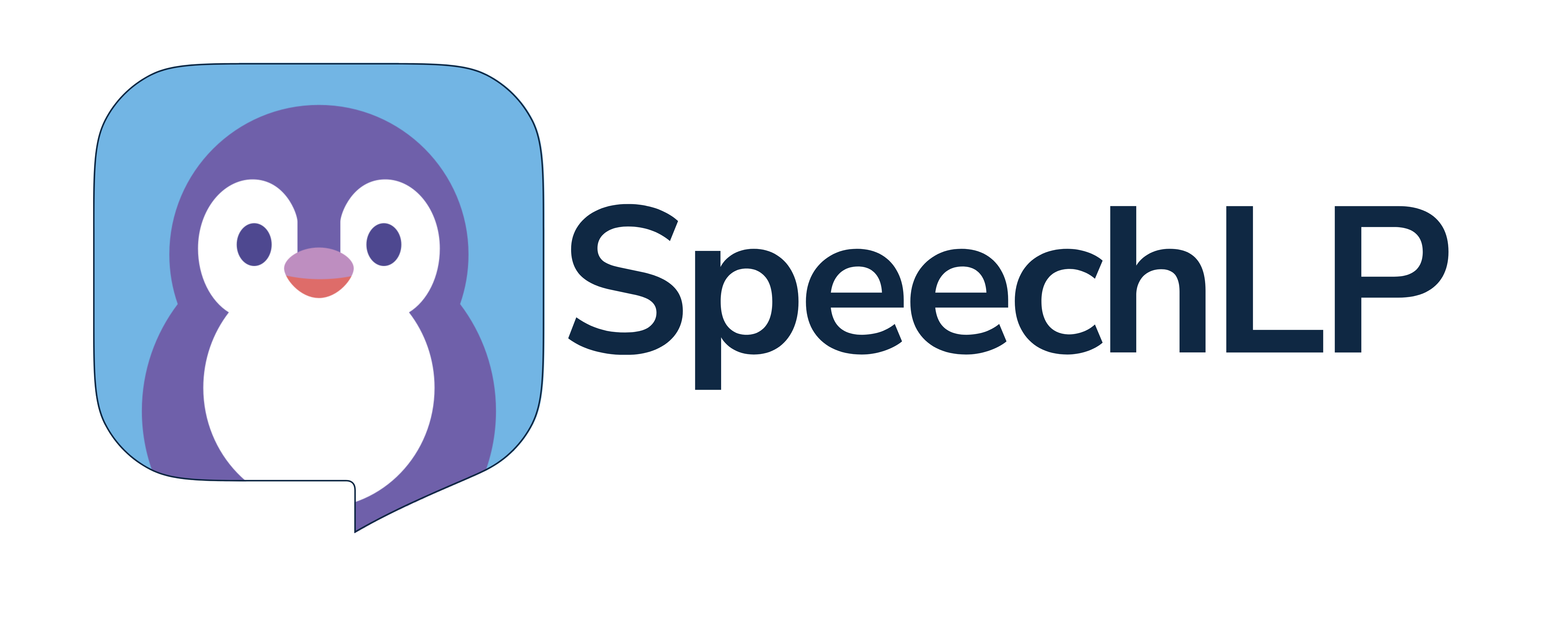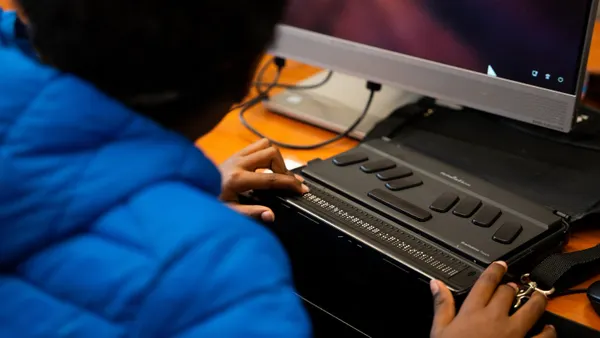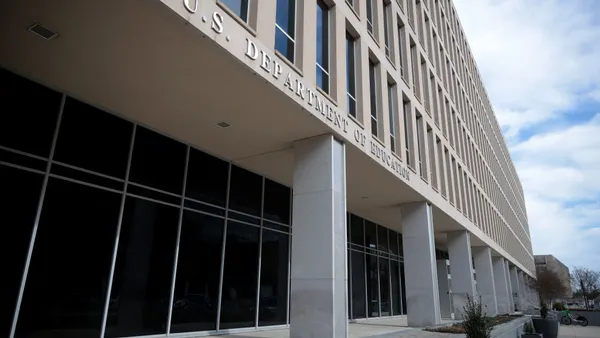Dive Brief:
- With federal funding about to run out, the Affordable Connectivity Program will begin to wind down in February, the Federal Communications Commission announced this month.
- The program — which helps low-income families get discounted monthly home internet services and connects nearly 23 million households nationwide — will stop enrolling new applicants as of Feb. 7 and is expected to run out of money for all current participants by May. Some 3.1 million families of students receiving free or reduced-price school meals have gotten broadband through the FCC program.
- Unless Congress appropriates more funding, the FCC said, it’s possible that millions of people could lose home internet access. As a short-term solution, congressional lawmakers proposed a bicameral, bipartisan bill this month to extend the program with $7 billion.
Dive Insight:
“What’s at stake is really pretty significant,” said Heather Gate, executive vice president of digital inclusion at the nonprofit Connected Nation.
A key benefit is that the program allows more children to do their homework outside of school, Gate said. Without the aid, it’s likely that the homework gap — the divide between students who can and cannot access internet at home — will worsen, she said.
Referring to the total number of households affected, Gate said, “23 million people is a lot of people that stand to lose something that’s very meaningful at this point in time.”
“It’ll be very unfortunate for us to go backwards, given the amount of progress that we’ve made and all the funding and the work that’s going towards bridging the digital divide and advancing digital equity,” she said.
The $14.2 billion Affordable Connectivity Program was established by the 2021 Infrastructure Investment and Jobs Act. The federal program offers financial assistance of up to $30 per month for broadband to eligible low-income families and $75 per month for eligible households on qualifying tribal lands. However, those funds were a one-time allocation. Once the funds dry up, so do the program’s services.
The pending bill in Congress would still be a temporary fix as it would continue to offer only finite dollars, Gate noted. Instead, the program needs a permanent funding mechanism to sustain itself, she said. “This will not be a good thing for us to go through every year,” she said.
A sustainable, long-term funding plan will also help restore trust in the Affordable Connectivity Program among the public, Gate said. “These programs take years for people to fully understand what it is and how they can benefit from it.”
Public distrust in the program and poor messaging about the benefits have been cited as barriers for eligible families amid reports of lagging enrollment rates. Although the FCC used more funding for enrollment outreach and awareness, Gate said federal initiatives like the Affordable Connectivity Program can take years to gain full understanding among the target population.
If the Affordable Connectivity Program disappears, that loss could further harm community trust in not only government programs but community organizations that helped households enroll in the program, Gate said.
At the same time, Gate pointed to a more positive development that has recently emerged to help bridge the digital divide among students. The FCC approved an expansion of the federal E-rate program to support Wi-Fi on school buses in October. Nearly a month later, the agency also proposed a rule that would allow schools and libraries to use E-rate funds for Wi-Fi hotspots and off-premises internet services.












